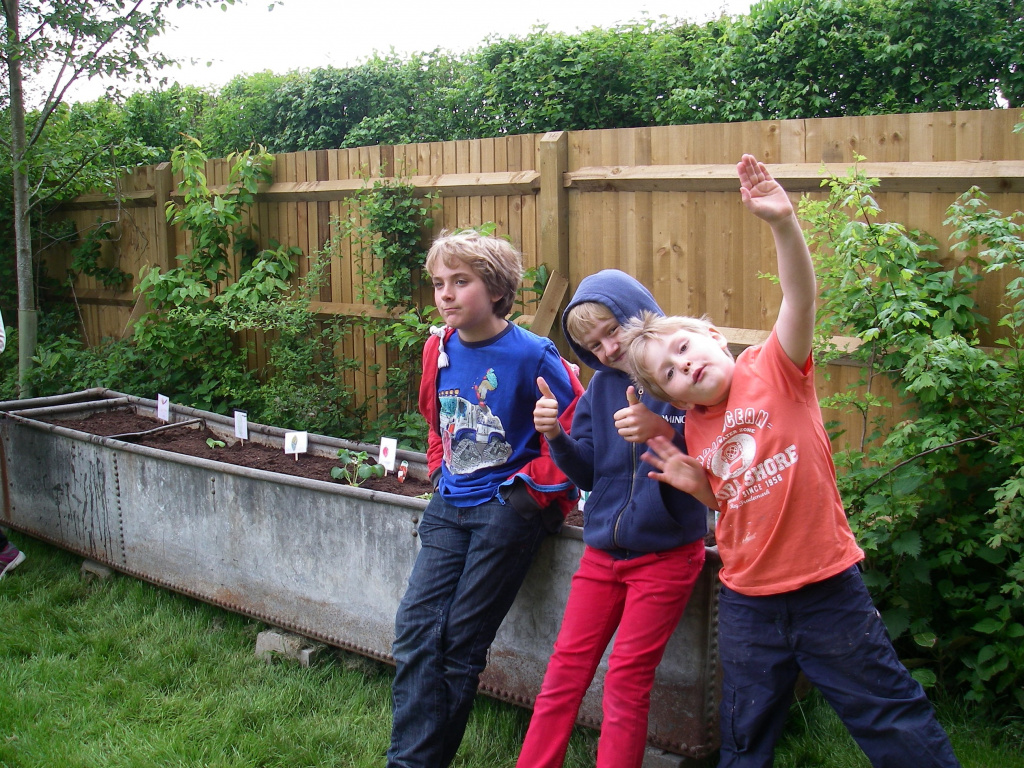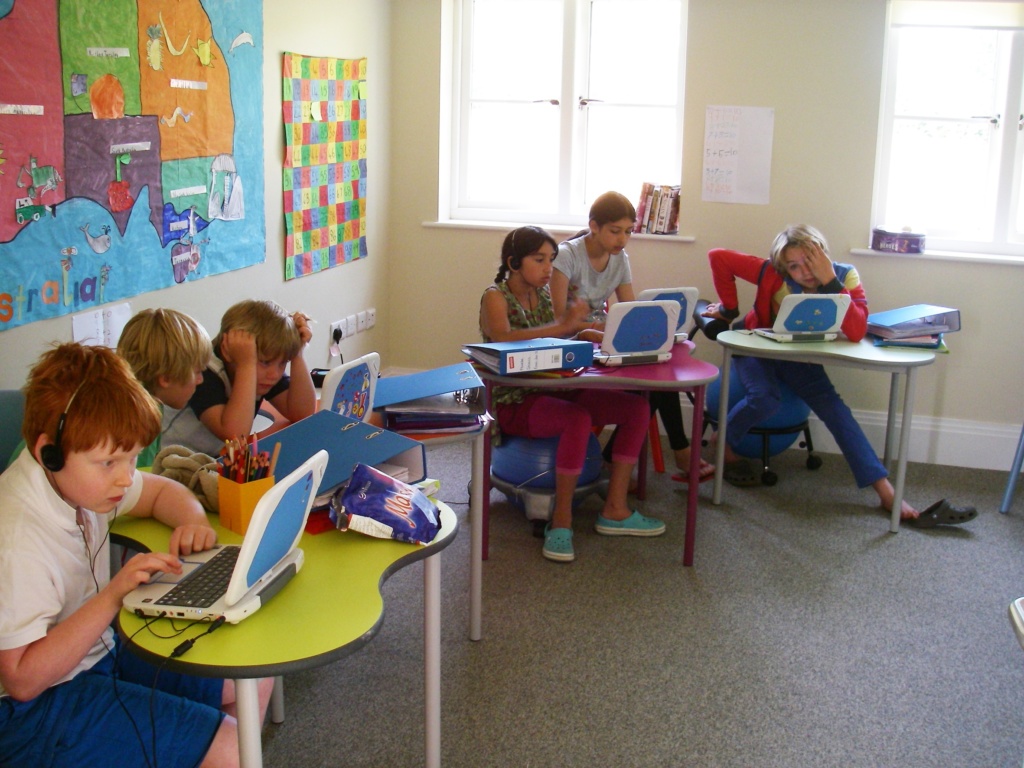
Before I began at Beech Lodge, I worked as a headteacher at a mainstream primary school with a high proportion of children with additional needs. One day I noticed that the same group of children had been sent to my office for being “naughty” (yet again) and I realised our approach simply wasn’t working.
We started to make changes – for example, rather than have each child with special needs supported in the classroom by a teaching assistant, we moved all the children into one ‘nurture group’. This had a positive effect on both them and the rest of the class as a whole. We began to see less anxious children and an increased sense of self-esteem. Children displayed more positive behaviour and parents no longer had to do ‘the walk of shame’ at pick up time.
The Vision
Around this time, I was introduced to Daniela Shanly and Emma Barklem - two local parents whose children had been failed by several schools and who were also looking for somewhere different for their children to access education. We shared a vision for an alternative approach to learning which would enable children whose needs were not being met by mainstream education to flourish.

Together we set about creating a school which would support children’s emotional needs as well as their academic ones. I am a great believer in the benefits of outdoor education and play so we looked for a rural location. When we first set up the school in Hurley near Maidenhead in 2013 we had just five pupils – each of whom were “broken” by their educational experiences so far. They faced a variety of difficult personal challenges including early life trauma, attachment issues and delayed emotional and social development.
Our first mission was to build trusting relationships with these children to increase their self esteem and get them back into the classroom. When children first come to us we design activities for them which will build their confidence and help them believe in their own abilities. We work outdoors a lot and try to combine physical activity with problem solving; we find that children are much more likely to talk if they are outside in a side by side situation rather than in a classroom or office.
Within the first six to eight months of the school being opened we could see a difference in our children. Firstly, they were in school and accessing education, but we could also hear laughter and they were beginning to talk about their previous experiences - which was very encouraging.